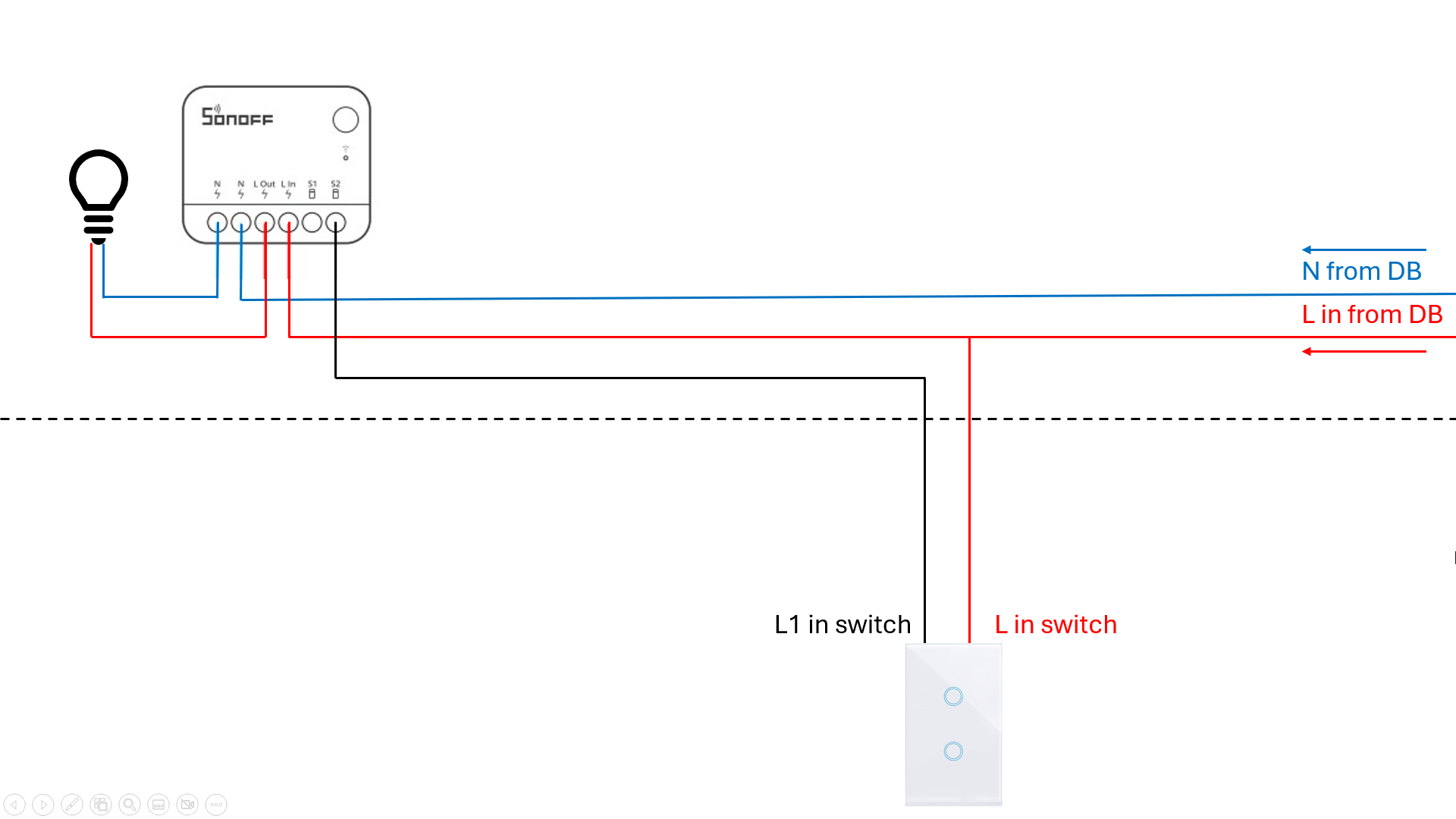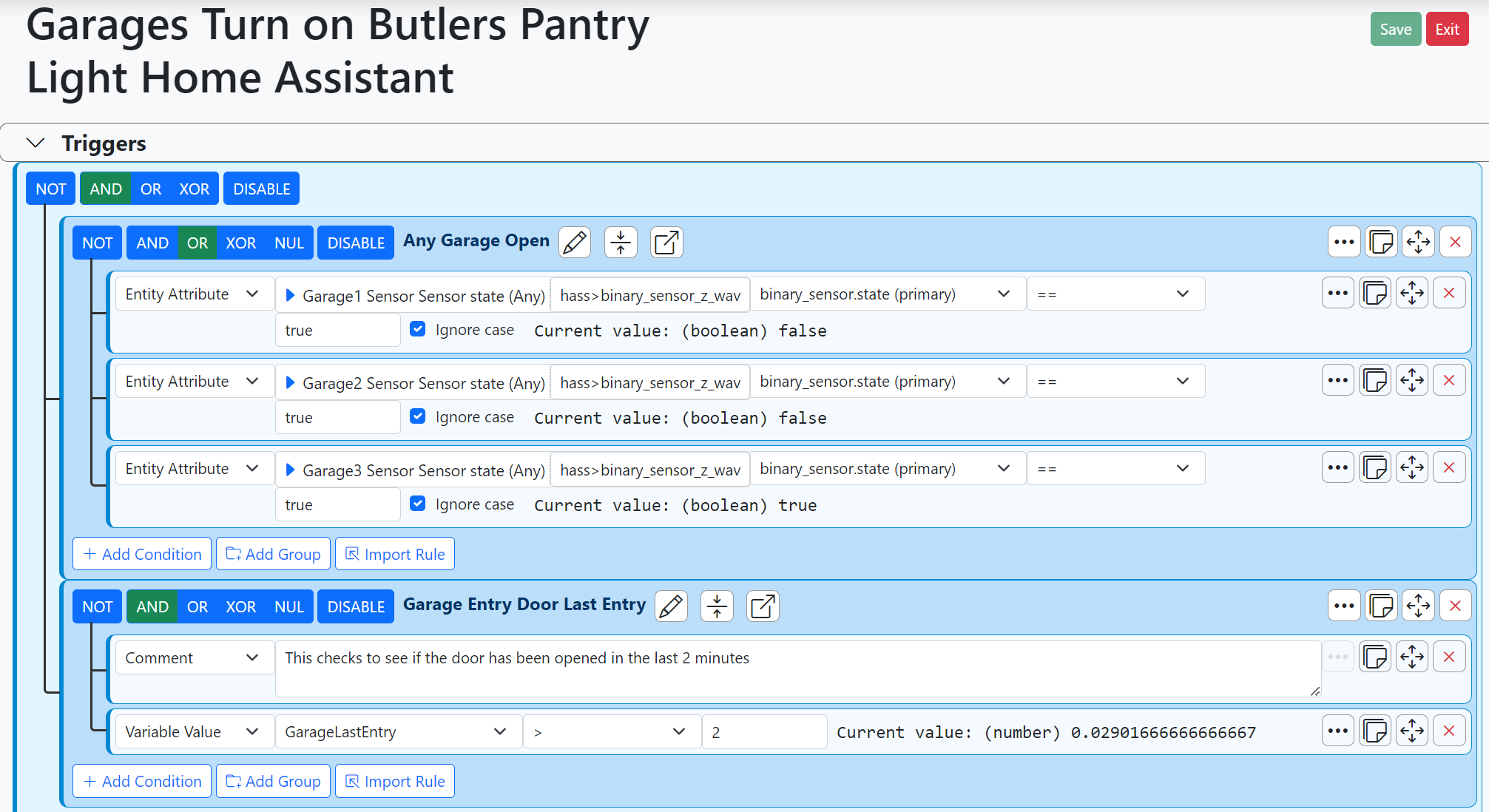Alexa skill for Open Luup / Zway
-
There isn’t one no.
A skill is a plugin stored in your amazon echo account in the cloud. It relies on a cloud to cloud structure by binding to another cloud service which then has access to your vera. OpenLuup does not offer such a cloud service.There is however a Habridge which emulates a Philips hue bridge locally and offers a similar service and instead of running in the cloud, can run on anything which runs java... Which is pretty much anything. I run mine on my openLuup machine.
The advantages is massive:
No more cloud to cloud which exposed your hub directly to another server. It is much more secure. It is also much more reliable since it does not rely on another cloud server and its connections which all have their reliability issues. It is also significantly faster with your command travelling a much shorter distance and the lag now being reduced to only the cloud based voice processing.
The downside is that all your commands need to be sent as if they were lights and get some getting used to... “turn on the curtain” etc but you can dim. “Set the radio volume to 20”.https://smarthome.community/topic/41/voice-control-and-tts-projects
It seems like there is a skill for z-way but I never tested it. Have no interest or need for it since the habridge is a superior solution in every way.
TTS is something else...
-
I was toying in the past with this idea, but LUA is still hard for me. Something like ha-bridge, but offered as a native plugin in openluup/vera, just like the components you can find in Home Assistant or openHab.
@therealdb I got this running in about 30 minutes tops.....
C
-
So, I finally switched myself to HA bridge. This was caused by me using IFTTT with some local commands (bridged thru my own cloud server).
Wow, I'm impressed
 and that's because I can call my own local endpoints, so I can finally build more routines to please the wife. Happy wife, more automations!
and that's because I can call my own local endpoints, so I can finally build more routines to please the wife. Happy wife, more automations! 
-
HA bridge is really great! It works fast and stable. One other big advantage is that it is capable of doing mapping of "multiple names to 1 device"... alexa turn on cast, did you mean guest? No cast, did you mean cause? No! I have now multiple line for 1 device, never an issue...
As you say...
Happy wife more automations <--> more automations happy wifE.


